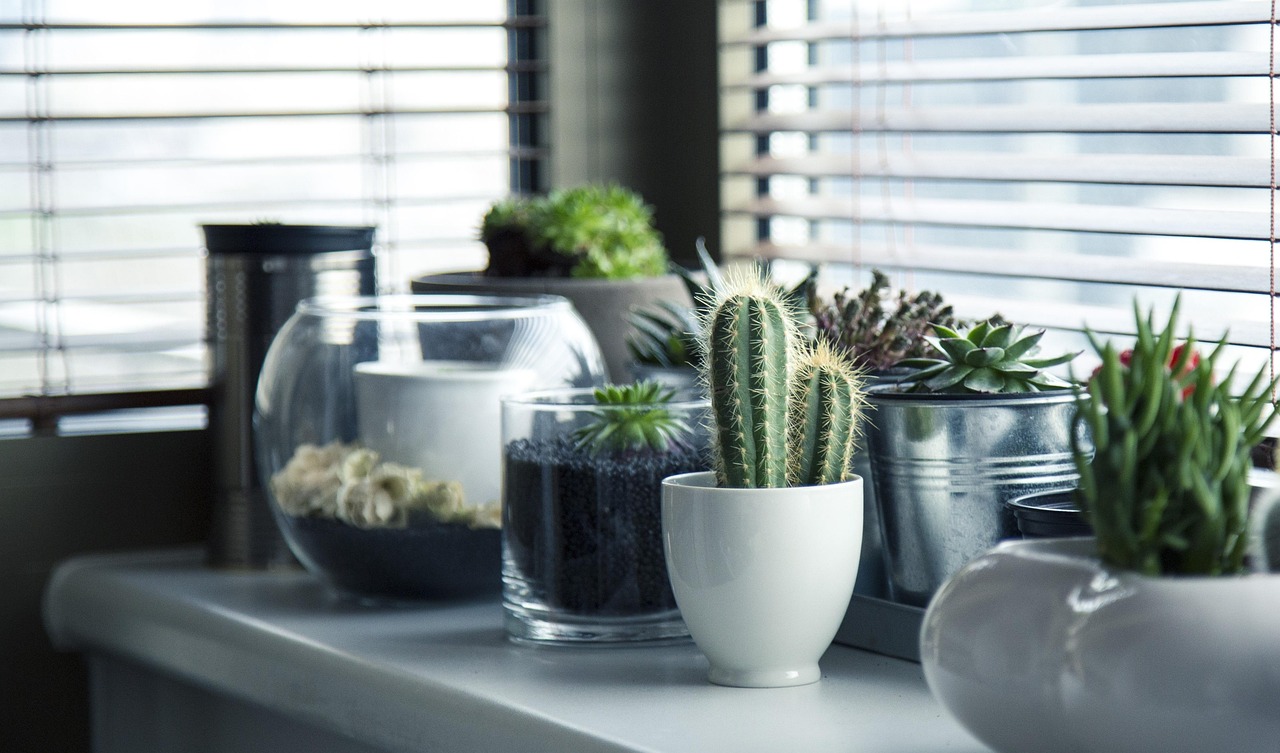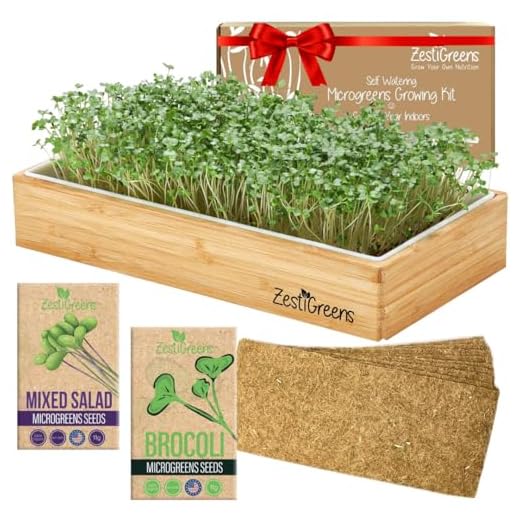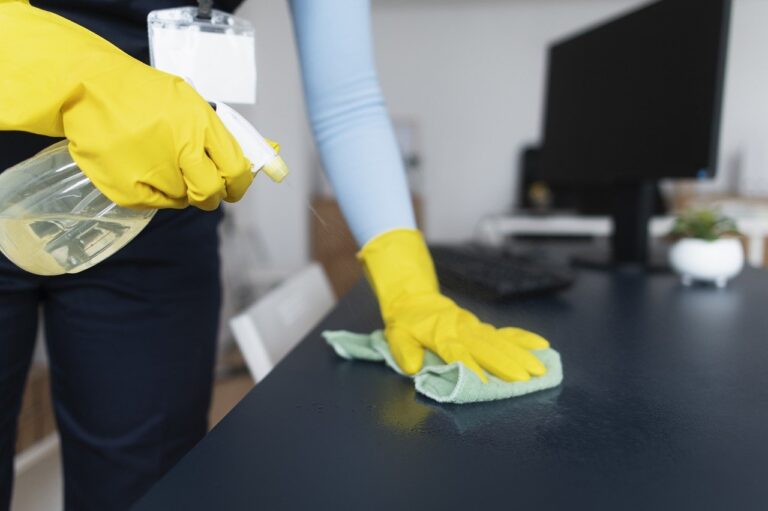Tiny Changes, Big Planet: Stay Sane While Going Green
Think green living means martyrdom? Think again. The average person tosses nearly five pounds of trash daily — shocking, right? This guide gives tiny, doable DIY hacks to cut waste, save money, and stay smug without turning your life into compost.
What You'll Need (and What You Can Totally Skip)
20 Eco DIYs & Hacks to Save the Planet — Sustainability Tips from a Thrift Haul
Start Small: The 5-Minute Zero-Waste Swap
One tiny swap today avoids overwhelm tomorrow — which single change will make your life easier and the planet happier?Pick one disposable item you use every day and replace it with a reusable alternative. Swap single-use coffee pods for a French press or reusable filter, trade paper towels for cloth napkins, or carry a stainless water bottle instead of buying plastic. Think of it as a tiny science experiment — low risk, high reward.
Keep it playful: treat the swap like an experiment, not a sermon.
Simplify Your Consumption: Buy Better, Not More
Why hoarding eco-products is still wasting — how to be choosy and stop the cycle of 'green clutter'.Focus on durability and multifunctionality. Pick things that do two jobs — a sturdy tote that doubles as a grocery bag and laundry sack saves space and drama. Think quality over novelty; your future self will thank you.
Audit what you already own: mend, repurpose, or sell before buying. Patch a favorite sweater, turn glass jars into pantry storage, or list unused tools online. Cut impulse buys by proving you can live without it first.
Create a 30-day cool-off list for non-essentials. Set a small monthly “try-a-secondhand” budget ($10–$30) and hunt thrift stores or local swaps. Learn basic sewing or glue fixes to extend item life — a hand-stitched hem is cheaper than a replacement and oddly satisfying.
DIY Cleaners & Personal Care: Make It Cheap, Smell Great
Ditch the chemical orchestra — do you really need 12 sprays? Make safer, cheaper cleaners in minutes.Mix 1 cup white vinegar, 1 cup water, and 8–12 drops citrus or lavender essential oil for a cheerful all-purpose cleaner.
Combine equal parts vinegar and water for streak-free glass—spray and wipe with a microfiber cloth.
Make a degreaser by forming a paste with baking soda and a little water; scrub greasy pans or oven spots and rinse.
Boost laundry by adding 1/2 cup baking soda to the wash and using a 1/2 cup vinegar rinse for fresher, softer clothes.
Test one recipe on a small surface, label jars, and batch-make what you use weekly to save time. Store in reused spray bottles or jars and keep short labels. Tips for scent: mix citrus or lavender essential oils. Safety note: don’t mix vinegar with bleach.
Grow Something (Even on a Windowsill): Food, Air, and Mood Boosters
No backyard? No problem — a tiny herb pot can outperform your grocery aisle in charm and freshness.Start with foolproof plants — basil, mint, chives, and microgreens — to build confidence fast.
Use recycled containers (mason jars, yogurt pots with drainage holes) and a good potting mix.
Choose sun-facing spots (a south or west window works wonders).
Sow seeds or root cuttings; for example, stick a basil cutting in water until roots show, then pot it.
Water conservatively — stick your finger in the soil and only water when the top inch is dry.
Harvest frequently to encourage bushy growth; snip herbs for dinner and watch them come back.
Try a simple kitchen compost: keep a small sealed bin for veggie scraps, then add to a worm bin or community compost if available.
For apartments, grow microgreens on a shallow tray or hang herbs in a planter to save space.
Enjoy fresher meals, less packaging, better air, and a legit excuse to post plant pics.
Troubleshoot pests with a mild soap spray and rotate plants to balance light.
Systems Over Guilt: Routines, Labels, and Tiny Habits That Stick
Guilt is a terrible motivator; what if you set up systems that do the hard work for you?Create a simple 10-minute weekly zero-waste check: scan counters for recyclables, compostable scraps, and one thing to donate.
Label bins clearly and place them where you act—kitchen compost, cans & bottles, hard trash—so sorting becomes automatic.
Stack a new habit onto an existing one: refill your water bottle after brushing teeth, empty the compost when you wash dishes, or hang reusable bags by the door with your keys.
Automate what drains willpower: subscribe to refill services for soap, set calendar reminders to donate unused clothes, and schedule a monthly swaps review to celebrate progress.
Track wins visually: keep a physical wins jar for money saved or a digital note counting items diverted from landfill to stay motivated.
Use simple apps to log thrift finds or waste reductions and to remind you of pickups.
Set realistic goals, forgive slip-ups, and celebrate consistency—aim for steady tweaks, not perfect martyrdom.
Keep It Simple, Keep It Fun
Pick one tiny hack, try it, tweak it, and celebrate small wins — green living is tiny choices, not a performance. Give it go, share your results (brag about the plant you didn’t kill), and inspire someone else to try.











I tried the 5-minute swap: bought a solid shampoo bar. Pros: less plastic. Cons: my partner refused to use it for a week and called me ‘eco-weird’ 😂
Any tips to make transitions smoother for stubborn housemates?
Let them pick the scent! My boyfriend only agreed when he found one that smelled like his old cologne.
Or get a tiny travel bottle of their regular shampoo to keep during transition days — lowers resistance.
Try placing the bar in a soap dish that drains and letting them try it during travel/hotel stays first. Frame it as ‘curiosity’ rather than ‘change the world’ — smaller framing often works.
Question: any non-toxic, easy deodorant recipes in the DIY personal care section? I tried baking soda only and it burned my pits 😬
Yep — the guide includes a gentler recipe: shea butter + arrowroot starch + a small amount of baking soda (less than 1 tsp for a batch) + essential oil. Patch-test first and reduce baking soda if sensitive.
I swap arrowroot for cornstarch and it works fine. Also try coconut oil base if not allergic.
Love the mentality here — tiny changes over all-or-nothing. I tried the 5-minute zero-waste swap (brought reusable produce bags) and honestly it felt weird for like one day then normal.
Biggest win: saves me from grocery bag clutter and feels like I’m actually doing something. Still figuring out the DIY cleaner scents though — anyone tried adding citrus peels to vinegar? Smells…interesting 😂
Nice! Citrus peels work but can be strong. Try a 1:1 vinegar-water base and steep peels for a few days, then strain — milder. Or add a few drops of essential oil after straining.
I do lemon peels + rosemary — smells way better. Also FYI, don’t use vinegar on stone countertops (etches). Learned that the hard way 😅
Agree about the all-or-nothing trap. Labels on jars helped me keep the routine. Keep going — tiny wins stack up!
Tiny rant: some people act like if you’re not composting in a backyard pile you’re worthless. This guide’s tone (keep it simple, keep it fun) is a breath of fresh air. Small things matter.
Amen. The goal is incremental change — not perfection. Share small wins, they’ll inspire others more than guilt ever will.
Preach. Community composting or local drop-off points exist — no backyard? No problem.
Just a heads up for people with allergies: essential oils can trigger reactions. The DIY cleaner section is great but maybe add more allergy-safe alternatives (like unscented blends).
Yes! I had to switch to unscented products after respiratory issues. Vinegar + baking soda (used carefully) saved me.
Also mention citrus oils can be photosensitizing — watch out if you garden then sunbathe 😅
Good call. We’ll add a note about patch testing and unscented options for sensitive folks — plus a list of low-allergen oils.
The DIY cleaners section is my favorite. I made a lavender-scented spray from the recipe and it’s cheap AND smells great. Pro tip: label everything clearly — my roommate nearly used floor cleaner as hand soap 😂
Omg that story is me. I now color-code tops of bottles with paint dots so there’s less guessing.
Haha yes, labels are lifesavers. Also keep a little index card with ingredients and uses near the cleaning shelf for guests/roommates.
Humor me: is using paper towels ever ‘green’ if you reuse them as rags? Asking for science. 😅
I cut old t-shirts into rags. Cheap, zero waste, and they do the job — plus I don’t feel guilty when they finally wear out.
Reusing paper towels as rags is better than single-use then trashing, but long-term best is swapping to cloth towels. Start by repurposing used paper towels for messy jobs, then switch when you’re ready.
Minor nitpick: some of the ‘5-minute swap’ items are out of reach for folks in rural areas or with limited store access. Maybe include more mail-order or DIY alternatives? Still a lovely guide overall though!
Thanks — we’ll add suggestions for mail-order, DIY alternatives, and community resources (local swaps, libraries of things) to cover accessibility gaps.
Also some farm stores carry basics like soap bars and bulk bins — not just city health shops.
If shipping is an issue, local coop boards or Facebook groups sometimes have people giving away reusable items. Worth checking.
Constructive feedback: loved the simplicity but would’ve liked a short section on budgeting for greener choices. Some sustainable options have a higher upfront cost and that can be a barrier for folks on tight budgets.
Solid feedback — we’re planning a budget-friendly addendum with secondhand finds, DIY cost breakdowns, and payback timelines for bigger purchases.
Yes please! Even a simple chart of ‘cost now vs replacement frequency’ would help decide what to buy.
You can often split costs by swapping with friends or joining local buy-nothing groups. Community helps.
Not going to lie, the ‘keep it fun’ angle helped me get my partner on board. We challenged each other to a ‘zero-waste weekend’ and made it competitive. Kept the mood light and we actually stuck to it.
We did something similar but with rewards — winner picks dinner. Suddenly everyone cares about packaging 😆
Challenges and games are great motivators. Small stakes + humor = sustainable behavior change. Glad it worked for you two!
Systems over guilt hit hard. I used to feel bad about not composting perfectly. The checklist idea (5-minute nightly tidy + separate small compost bin) made it manageable. No guilt, just routine.
Same here. A simple label on the bin for ‘what can go in’ saved so much confusion for guests.
Exactly the intent — routines reduce decision fatigue. The guide recommends starting with one tiny habit (like composting for 2 minutes/day) and building from there.
A tiny practical thing I wish the guide emphasized more: keep a small ‘travel kit’ of reusable cutlery and a bamboo straw in your bag. Saves so much single-use plastic when grabbing lunch. Also — wipes down takeout containers and reuses them. Not glamorous, but effective.
Love that. Pocket-sized kits are one of those simple swaps with immediate impact. The guide mentions them briefly — we’ll highlight it more in the next edit.
Pro tip: clean your reusable cutlery at the office sink quickly after use so it doesn’t smell later. Learned the hard way lol
I keep a foldable tote + cutlery kit in my car’s glovebox. Saved me when a convenience store only had plastic forks.
Fun little success story: I swapped disposable razors for a safety razor after reading the ‘buy better’ bit. It was terrifying at first but now it’s a ritual and the waste reduction is noticeable. PSA: watch a few technique videos before you try it!
Yay! Safety razors are a great durable swap. Agreed on tutorials — good technique reduces nicks and makes the experience pleasant.
I made the switch too. My bathroom looks more minimalist now and the shave is closer. No regrets.
I live in an apartment with zero balcony, so the ‘grow something on a windowsill’ part was the most useful. Started with basil and a snake plant. Basil is thriving, snake plant is… judging me. 😂
Also, houseplants = mood booster 100%.
Snake plants are pretty forgiving — try a pot with fast-draining soil and don’t overwater. Basil loves sun; rotate it so it grows evenly.
If the windowsill gets low light, try pothos or peperomia. They do great in indirect light.
I killed basil twice before learning to pinch flowers off. Once you harvest leaf-by-leaf it gets bushier!
Bit skeptical about the ‘Buy Better, Not More’ section. Feels like a lot of people end up buying nicer stuff and still buying too much. How do you balance wanting durable items without turning it into micro-shopping?
Totally — I track purchases for a month and it exposes impulse patterns. Once you see it, it’s easier to stop.
Great point. The guide suggests a pause-and-plan rule: wait 48 hours, check if it fits into an existing category (do you already own something similar?), and consider repairability. Durable doesn’t mean unlimited shopping.
I do a ‘one-in-one-out’ rule for clothes — helps. Also try buying secondhand durable items; often cheaper and actually more sustainable.
I loved the ‘labels and tiny habits’ suggestions. I made a ‘cleaning playlist’ and only listen to it while doing my 10-minute nightly tidy. It turns chores into a ritual and honestly, it’s kinda fun now.
Playlist idea stolen. 😄 Thanks for the inspo!
That’s a brilliant implementation of habit stacking. Music is a great cue — and makes the routine enjoyable.